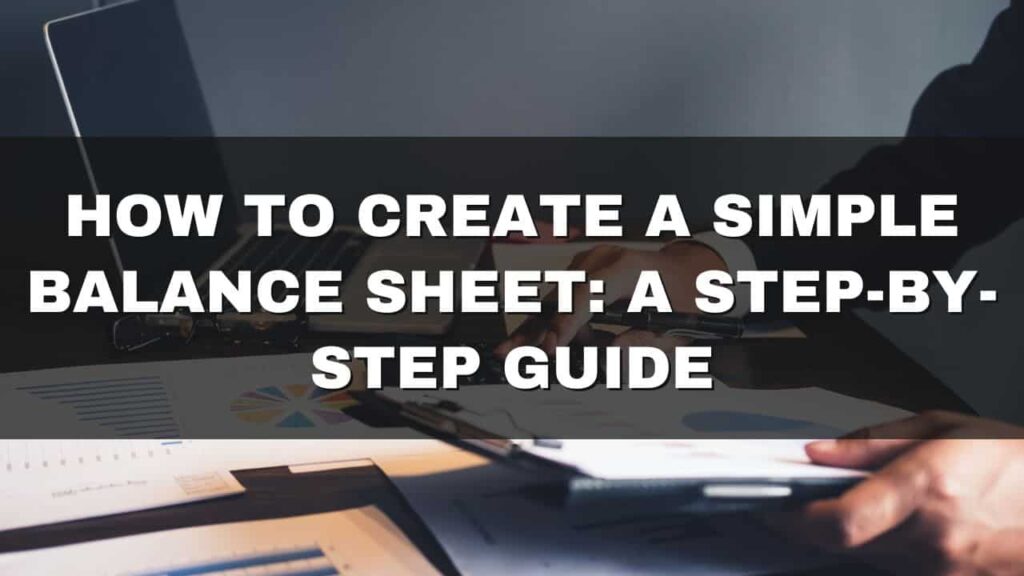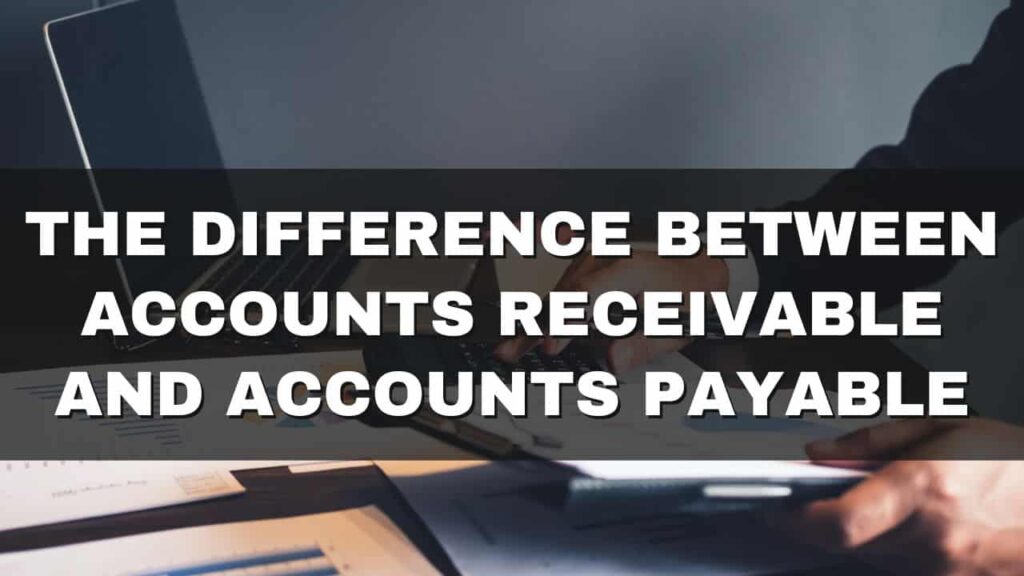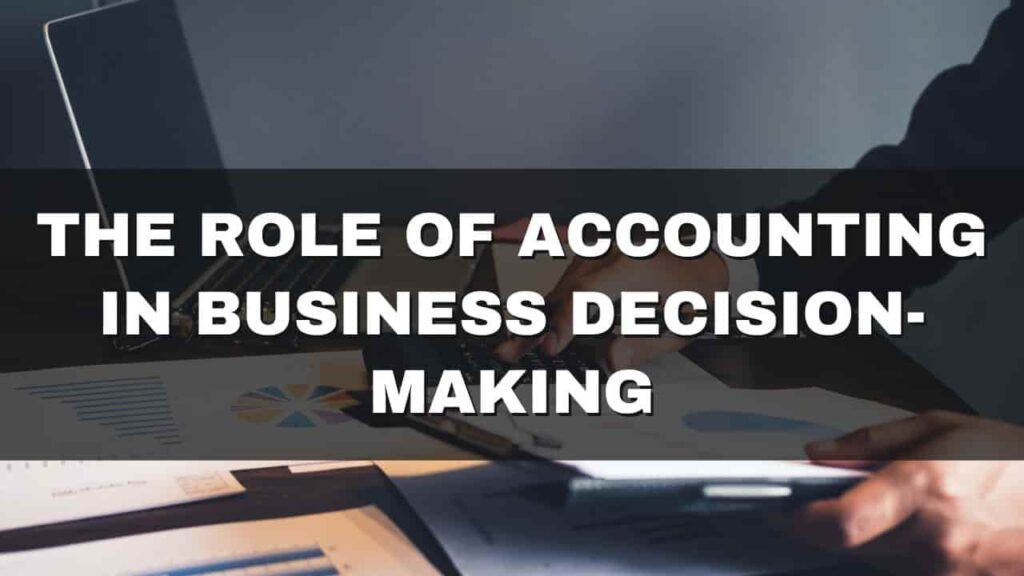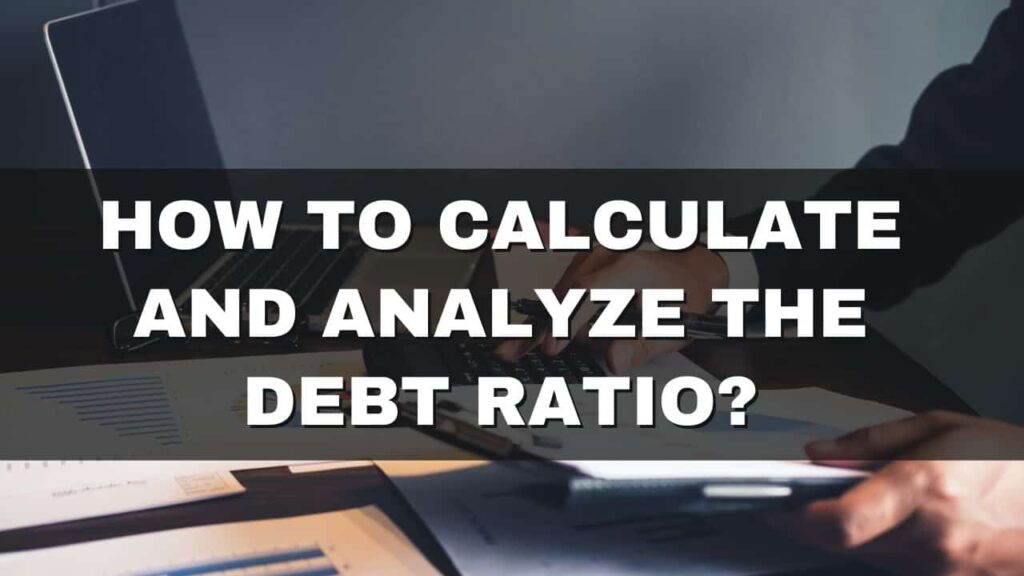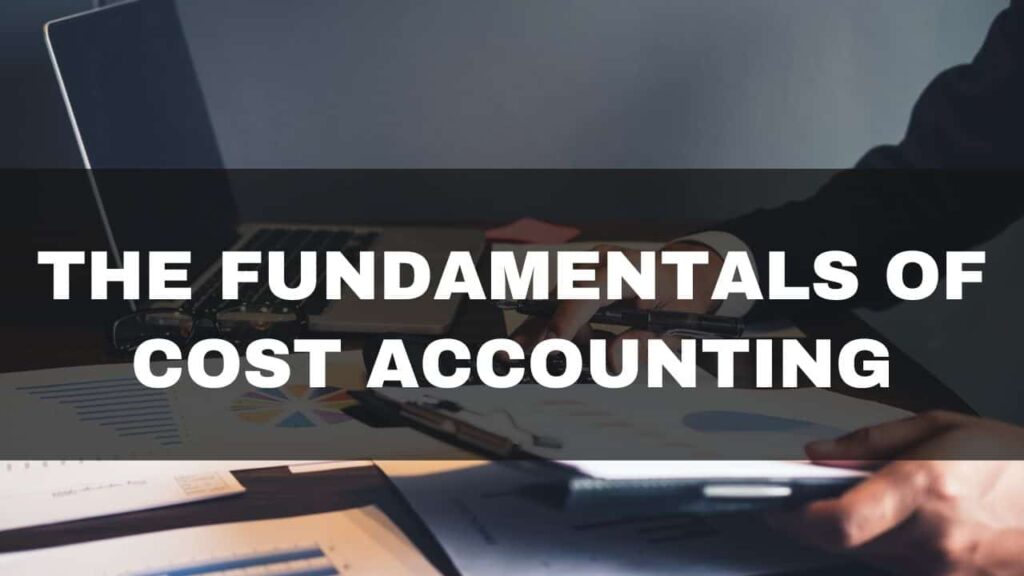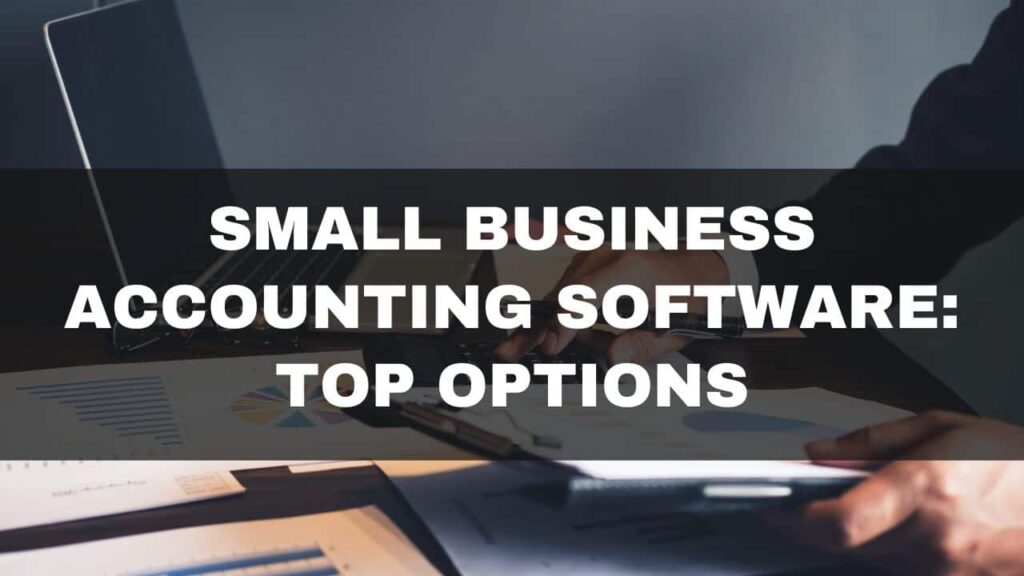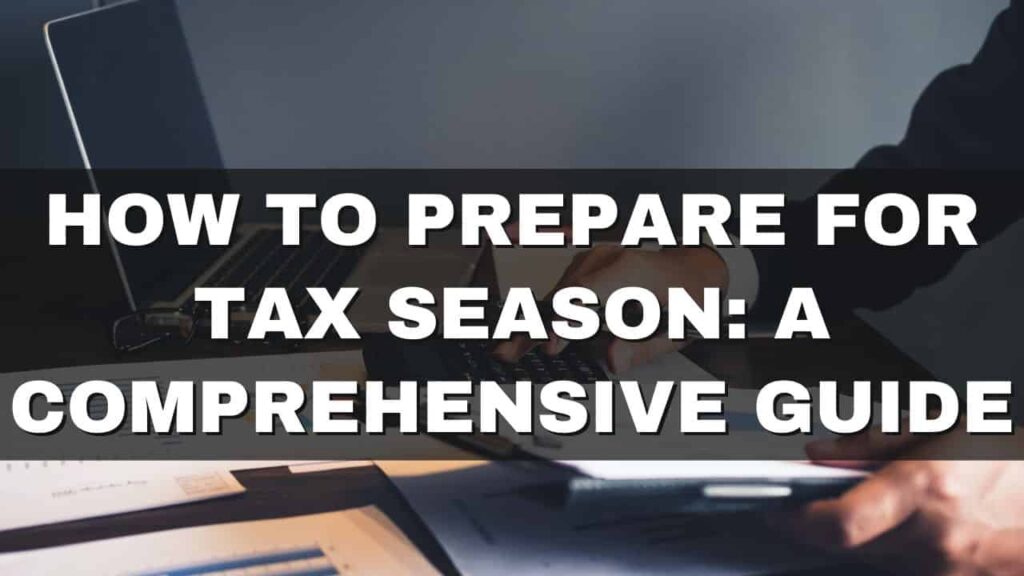How to Create a Simple Balance Sheet: A Step-by-Step Guide
A balance sheet is a fundamental financial statement that provides a snapshot of a company’s financial position at a specific point in time. It’s a vital tool for business owners, investors, and creditors to assess the financial health and stability of an organization. Creating a simple balance sheet doesn’t have to be a daunting task. In this guide, we’ll walk you through the process step by step, ensuring that you can create an accurate balance sheet with ease. Let’s get started!
Step 1: Gather Financial Data
The first step in creating a balance sheet is to gather all the necessary financial data. You’ll need information from your company’s income statement and statement of cash flows, as well as data on your assets and liabilities. Make sure your data is up-to-date and accurate.
Step 2: List Your Assets
Assets are what your company owns. They can be categorized into two main types: current assets and non-current assets.
1. Current Assets: These are assets that are expected to be converted into cash or used up within a year. Common examples include cash, accounts receivable, inventory, and short-term investments.
2. Non-Current Assets: These are long-term assets that won’t be converted into cash within a year. Examples include property, plant, equipment, and long-term investments.
List your assets under these categories and provide their respective values.
Step 3: List Your Liabilities
Liabilities represent your company’s obligations to others. Like assets, they can be categorized into current liabilities and non-current liabilities.
1. Current Liabilities: These are obligations that need to be settled within a year, such as accounts payable, short-term loans, and accrued expenses.
2. Non-Current Liabilities: These are long-term obligations like long-term loans, mortgages, and bonds payable.
List your liabilities under these categories and provide their respective values.
Step 4: Calculate Owner’s Equity
Owner’s equity represents the owner’s interest in the business. It’s calculated as the difference between your total assets and total liabilities:
Owner’s Equity = Total Assets – Total Liabilities
Step 5: Organize the Balance Sheet
Now that you have gathered all the necessary data, it’s time to organize your balance sheet. Follow this format:
Company Name
Balance Sheet
[As on Date-Month-Year]
| Particular | Amount |
| Current Assets | |
| Cash | $XX,XXX.XX |
| Account Receivable | $XX,XXX.XX |
| Inventory | $XX,XXX.XX |
| Prepaid Expenses | $XX,XXX.XX |
| …. | $XX,XXX.XX |
| Total Current Assets | $XX,XXX.XX |
| Fixed Assets | |
| Plant and Machinery | $XX,XXX.XX |
| Land & Building | $XX,XXX.XX |
| …. | $XX,XXX.XX |
| Total Assets | $XX,XXX.XX |
| Current Liabilities | |
| Short term loans | $XX,XXX.XX |
| Account payables | $XX,XXX.XX |
| Total Current Liabilities | $XX,XXX.XX |
| Long-term Liabilities | |
| Long term loan | $XX,XXX.XX |
| Bonds Payable | $XX,XXX.XX |
| Total Liabilities | $XX,XXX.XX |
| Owner’s Equity | |
| Retained Earnings | $XX,XXX.XX |
| Common Stock | $XX,XXX.XX |
| …. | $XX,XXX.XX |
| Total Owner’s Equity | $XX,XXX.XX |
| Total Liabilities and Owner’s Equity | $XX,XXX.XX |
Step 6: Review and Balance
Ensure that the total assets are equal to the total liabilities and owner’s equity. This is the fundamental accounting equation:
Total Assets = Total Liabilities + Owner’s Equity
If the equation doesn’t balance, double-check your data for errors.
Conclusion:
Creating a simple balance sheet is an essential skill for any business owner or financial manager. It provides a clear picture of your company’s financial health and can help you make informed decisions. By following these steps, you can create a well-organized balance sheet that accurately reflects your company’s financial position. Remember to keep your balance sheet up-to-date and revisit it regularly to track your financial progress.
We also have:
Income Statement vs. Balance Sheet
What is a Balance Sheet in Accounting
For more click here and if you are looking for full forms of different acronyms and words then check out this list you really gonna find this helpful. We also have an Essay on every topic, Check the complete list here. If you are Studying in Matric Free Video Lectures of Maths, Physics and English are here, and we have got you covered for I.COM Business Maths also.

